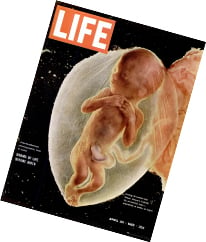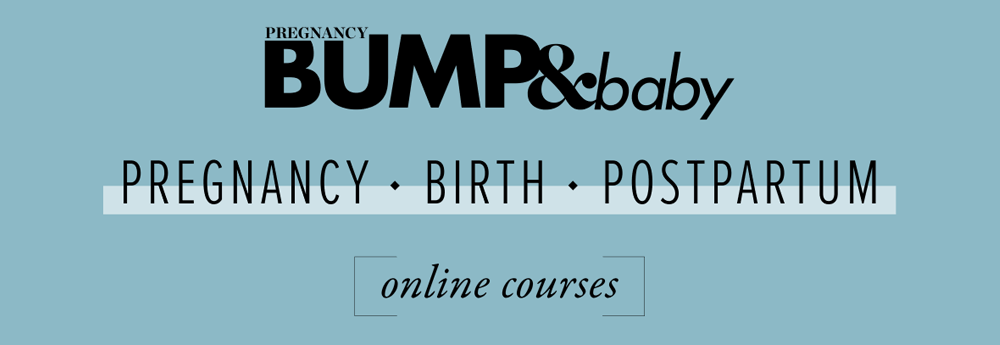Mum
At this stage of the pregnancy, you may begin to feel your baby move around. It may feel like champagne bubbles or a butterfly fluttering in your tummy – nothing like the “kicking” you’ve heard about. “Kicking” is actually a huge misnomer, because even when your baby gets bigger and really stretches his or her legs, the resulting motion is not painful in any way.
Responding to your baby’s movements is like having a conversation. Rub your bump whenever you feel it shift, and the baby may respond by moving towards your touch.
Dad
Although the baby is still small, the placenta is also growing in the uterus, which is why your partner is probably starting to “show”. As her tummy begins to protrude, keep in mind that she may react with a mixture of pride and dread – because, although we’ve progressed as a society, many women still have an irrational fear of getting fat. She may need extra tender loving care and reassurance as her tummy swells.
So what is the placenta? The dictionary defines it as “a flattened circular organ in the uterus of pregnant mammals, nourishing and maintaining the foetus through the umbilical cord”. In plain words, it’s what connects the unborn baby to the mother’s blood supply, allowing the baby to eat and breathe whatever she eats and breathes. As the mother’s blood flows through the uterus, the placenta absorbs nutrients, immune molecules and oxygen from her body and delivers them through the umbilical cord into the baby’s blood vessels. It also works in reverse: As the baby produces carbon dioxide and other waste materials, the placenta passes these back to the mother. The placenta also acts as a filter to stop most (but not all) bacteria and viruses from coming in contact with the baby.
Fun fact: With fraternal twins, each baby will have its own placenta, but with identical twins, it depends on when the fertilised egg has split – either before or after the placenta formed.
Baby
You’re the size of a mango and your main airways (called bronchioles) are forming this week. If you’re a girl, your uterus and fallopian tubes are complete now. If you’re a boy, it’s possible to see your genitals.
A waxy coating called the vernix caseosa is forming on your skin to protect it from the amniotic fluid. Even though there’s not much to see or taste in your tiny world, your brain is developing distinctive areas ready to process smell, taste, hearing, vision, and touch. You may even start hearing Mum’s voice, and because she knows it, too, don’t be surprised if she talks, reads or sings to you. She may feel a bit self-conscious and shy about it at first, but don’t worry, she’ll get the hang of it.
Things to keep in mind
- There is unfortunately no way to prevent ligament pain, but that doesn’t mean you can’t try to avoid it by maintaining a good posture, stretching, wearing a pregnancy support belt, and not standing for long periods of time.
- Stress, lack of sleep and poor diet can make that pregnancy brain fog and forgetfulness worse, so be sure to maintain those healthy self-care habits.
- Learn more about the placenta and umbilical cord, and consider what you’d like to do with the placenta and umbilical cord once your baby is born. If this is something you’re interested in, research cord blood banking.

Photos in the bumpandbaby.co.nz/week-by-week/ are by Lenart Nilsson. Lenart's series was bought to fame when his photo, considered the greatest photo of the 20th century, appeared on the cover of Life magazine in 1965. “Everyone interprets images differently, depending on their social, cultural and religious background. In the digital era, I believe it is more important than ever to go back and take a look inside ourselves. What better way of doing that than with these photos?” ~ Jane Stene, art gallery director and curator of Lenart's definitive black and white series, told the The Guardian in 2019. It is Lenart Nilsson's wish that his images are never used for political debate about pro-life.






